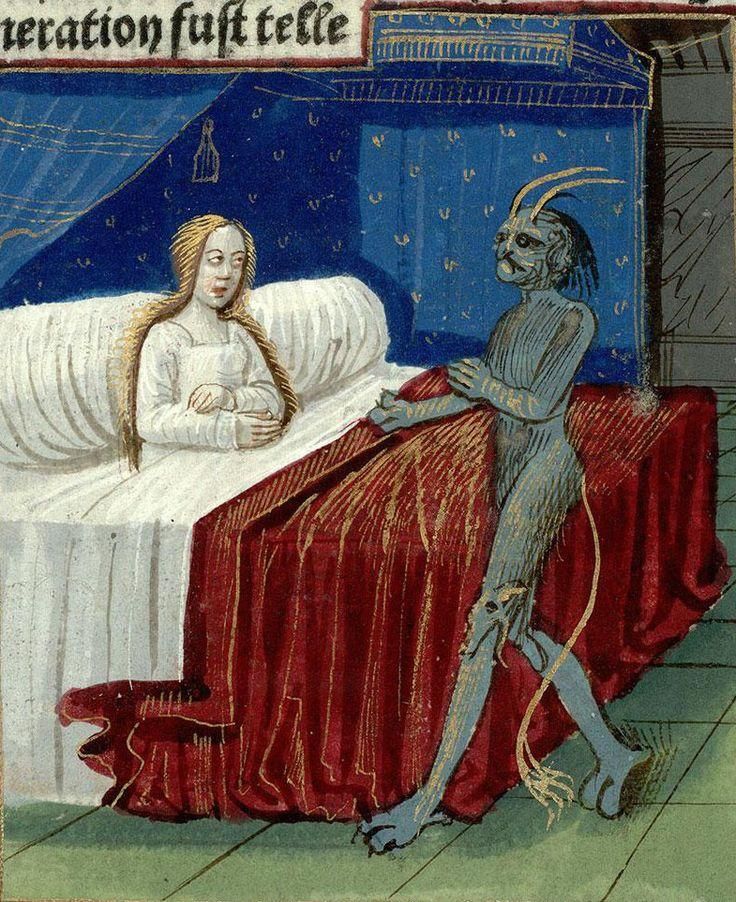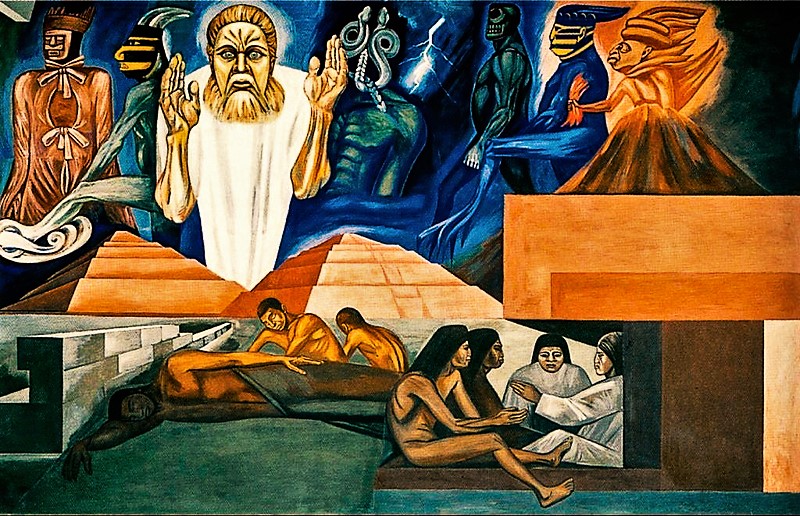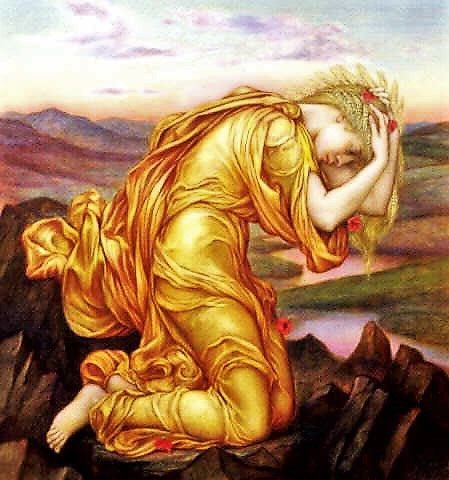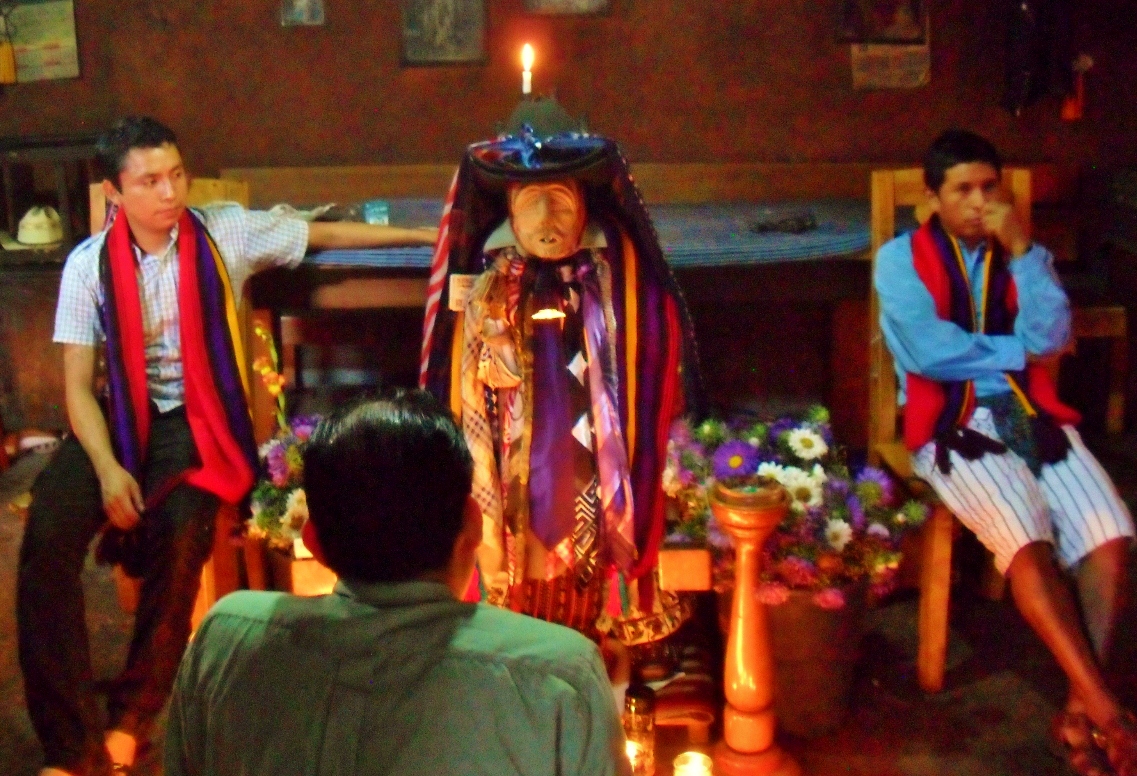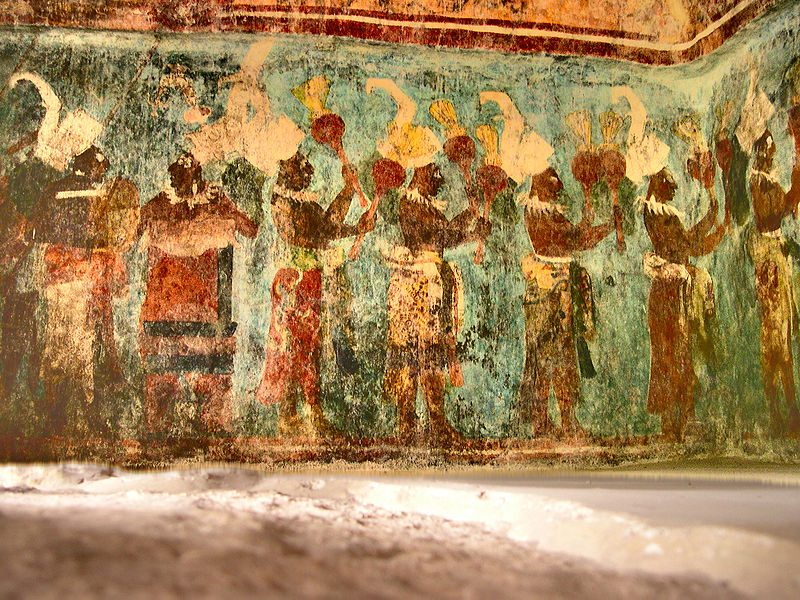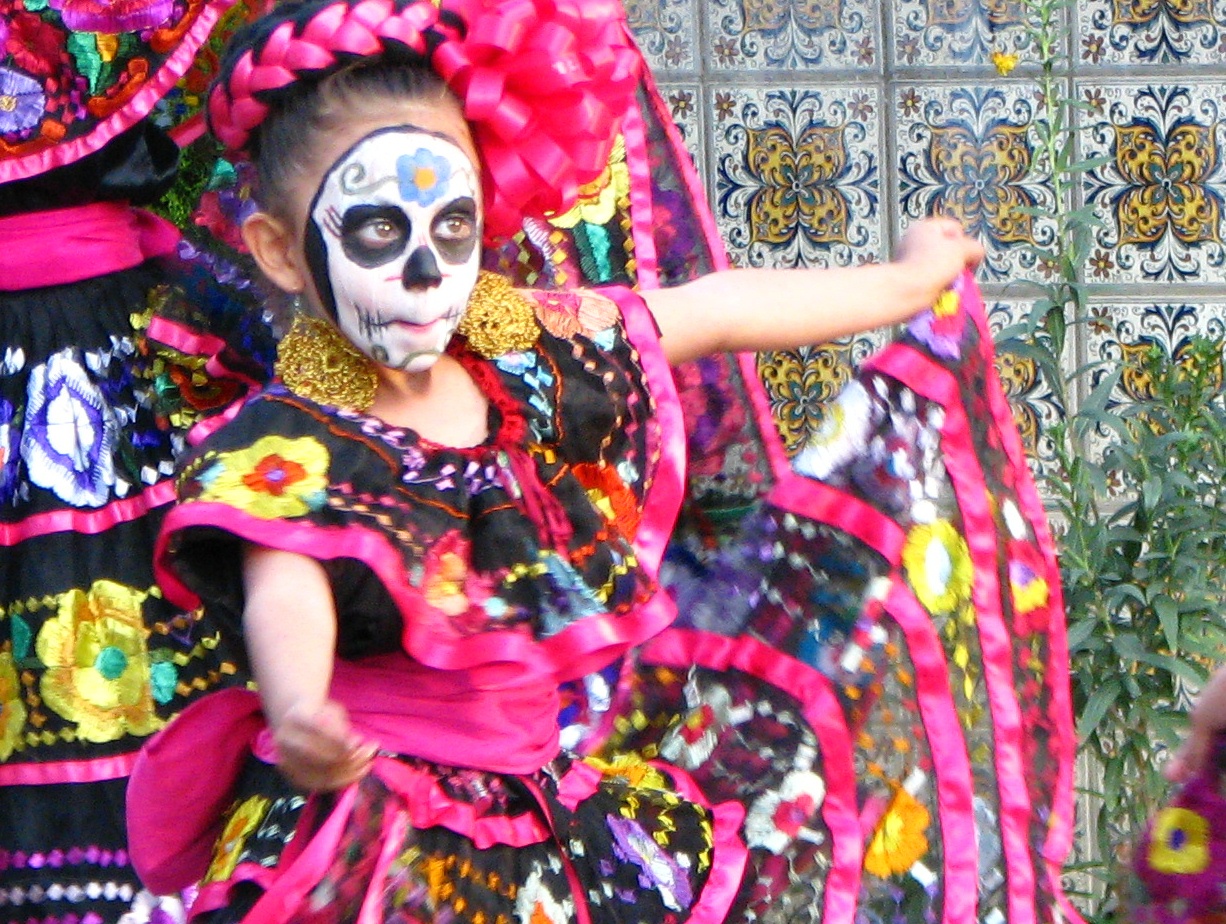The following story from 19th Century Venice, Italy, is similar to the “Bluebeard” folktales from France, regarding the dangers of female curiosity about forbidden chambers and how questioning patriarchal rules can open the door of truth. This mythic jaunt takes another route about when the Devil married three sisters and how the third sister managed to rescue the other two from the fires of Hell. Italo Calvino also published another variant of this story in 1956, called Silver Nose.
Tag: Underworld
Mythological Journey to the Aztec Underworld
In Aztec cosmology, the soul’s journey to the Underworld after death leaves them with four destinations: the Sacred Orchard of the Gods, the Place of Darkness, the Kingdom of the Sun, and a paradise called the Mansion of the Moon. The most common deaths end up on their way to Mictlán with its nine levels, crashing mountains and rushing rivers, and four years of struggle. This pantheon of gods and goddesses and the expanse of the 13 Heavens provides the cultural basis for the Day of the Dead customs and celebrations.
The Underworld, Rebirth and Renewal with Ceres and Proserpina
In ancient Roman religion, Ceres was a goddess of agriculture, grain crops, fertility and motherly relationships. The following myth tells how her daughter Proserpina was abducted by the ruler of the underworld, forced to become his wife, but with Ceres’ help, she watches over the springtime growth of crops and the cycle of life, death, and rebirth or renewal.
La Loba: Wild Woman, Luminous Wolf
Clarissa Pinkola Estés tells the story from the deserts and mountains of Northern Mexico about a wolf woman, a collector of bones, who resurrects the wild spirit of life from the depths of the Underworld.
Maximón: The Underground Great Grandfather of Western Guatemala
Maximón is a folk saint of the Maya of Guatemala, associated with pre-Columbian earth lords who provide money or economic opportunity to client-petitioners. He is an opener of the way, a bringer of rain and symbolizes male sexual power.
Popol Vuh: The Ancient Maya Dawn of Life and Overcoming the Forces of Awe
The Popol Vuh (Maya K’iche’ for “Council Book” or “Book of the Community”) features a creation myth, the Dawn of Life under the spectre of a flooded world, followed by the epic mythological stories of two Hero Twins: Hunahpu (Blow-gun Hunter) and Xbalanque (Young Hidden/Jaguar-Sun) as they confront the Lords of Death and Disease in the underworld caves of the “Place of Awe.”
Drums and Dance of Día de los Muertos
In pre-Hispanic Nahua culture (Aztec and the many other peoples of Central Mexico), life was seen as a dream, and only in dying could a human truly awaken. Death would set free the soul.

